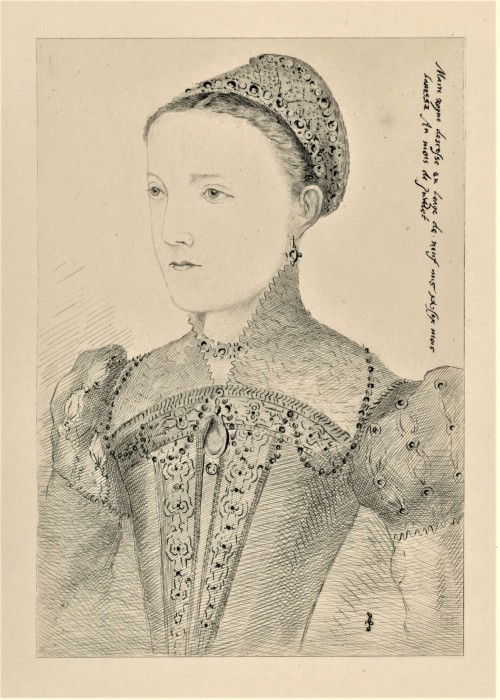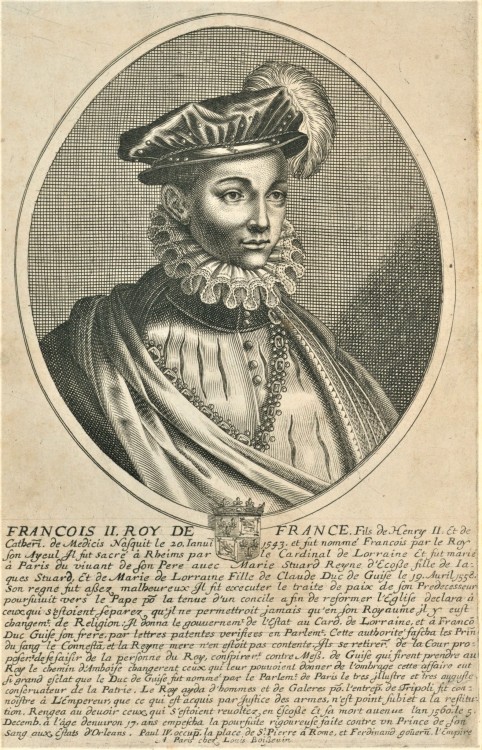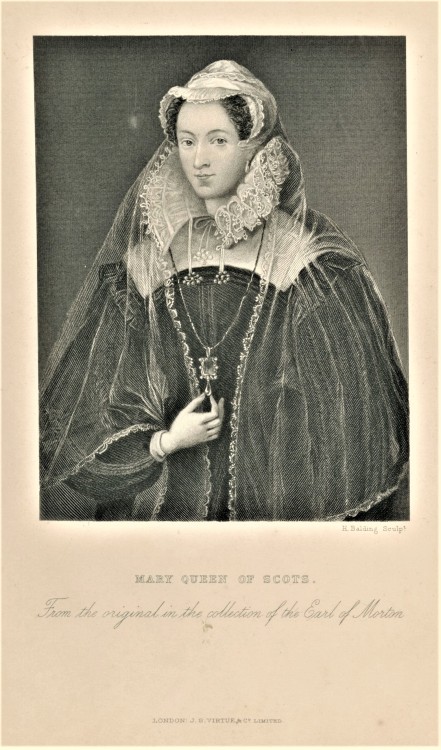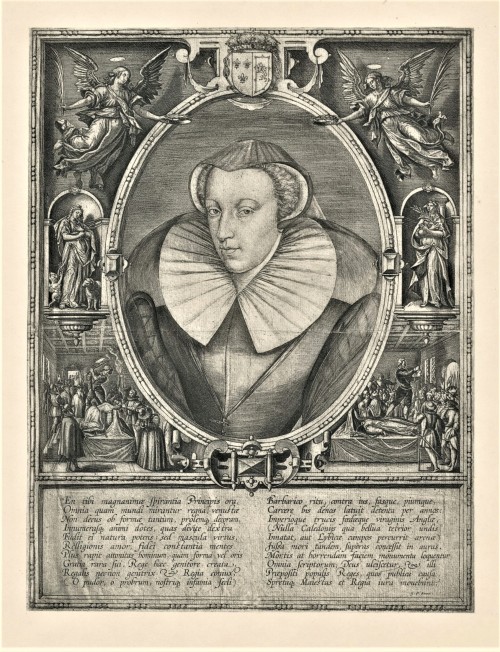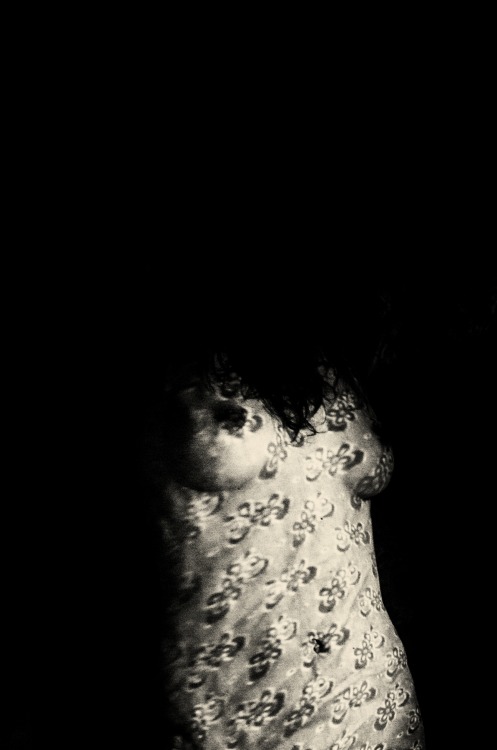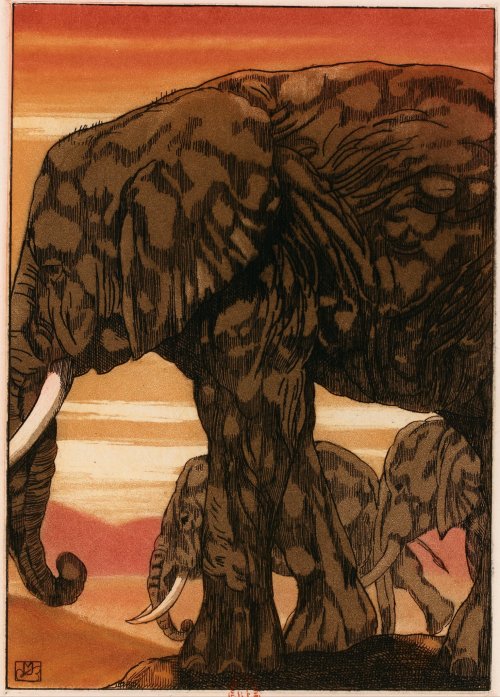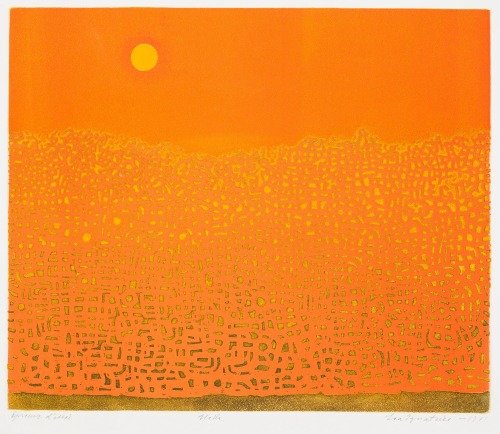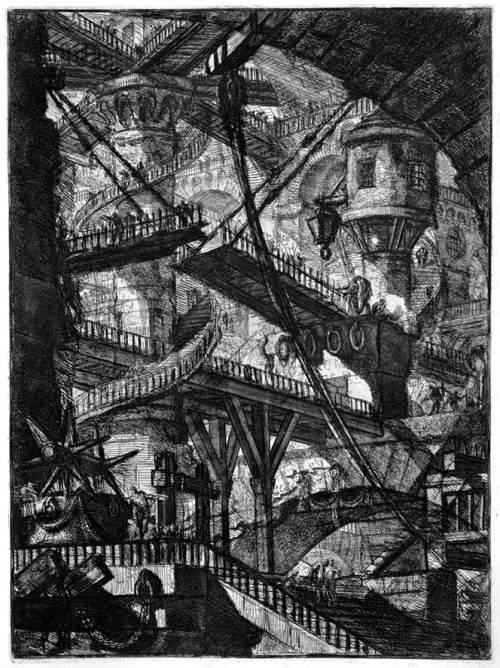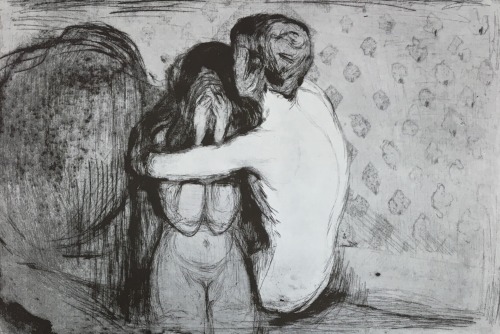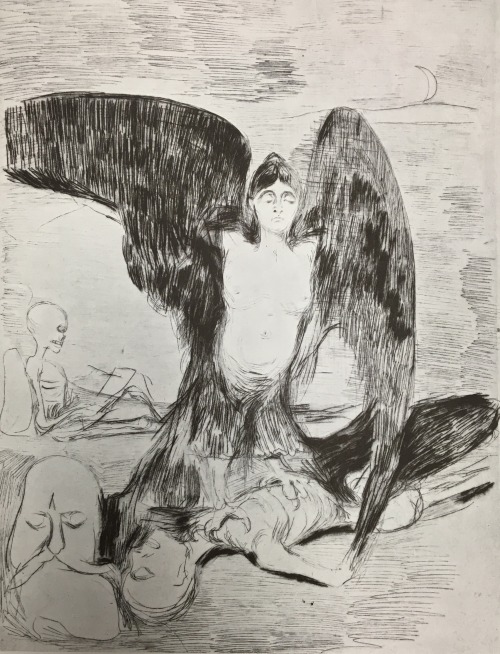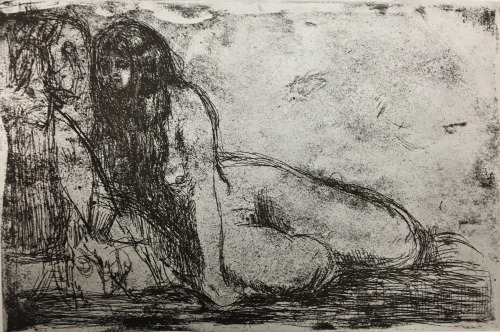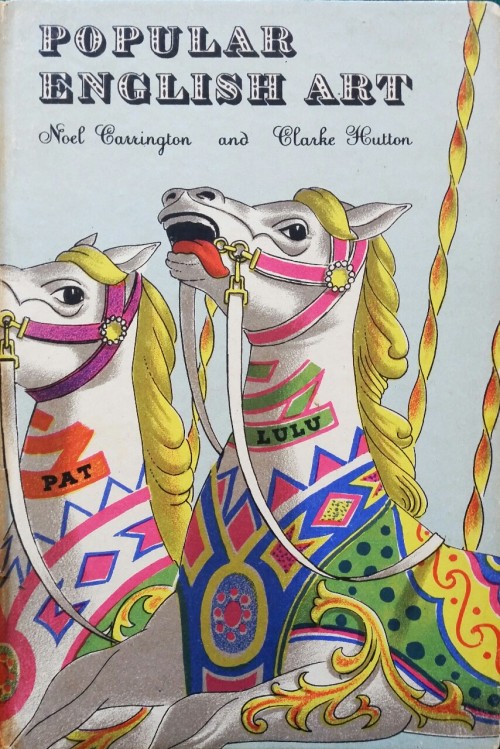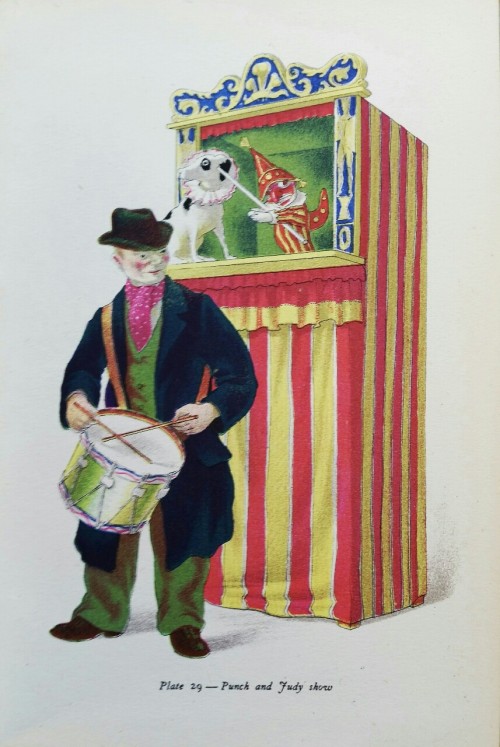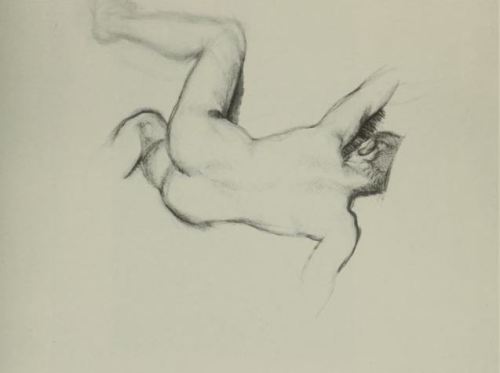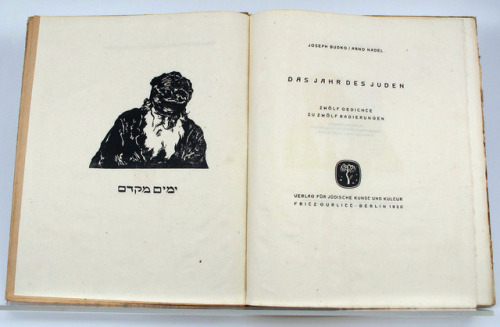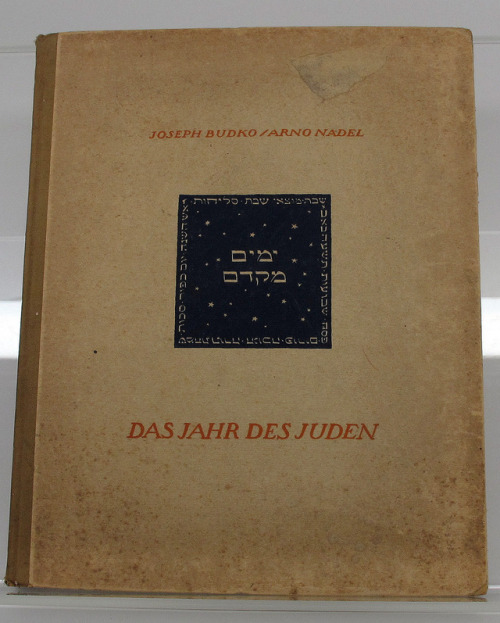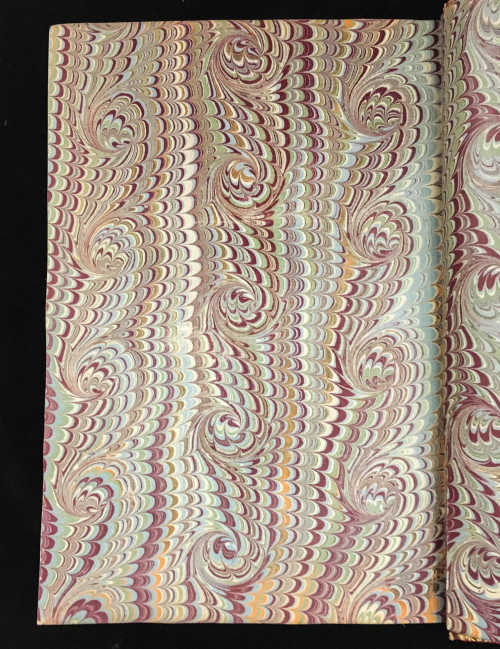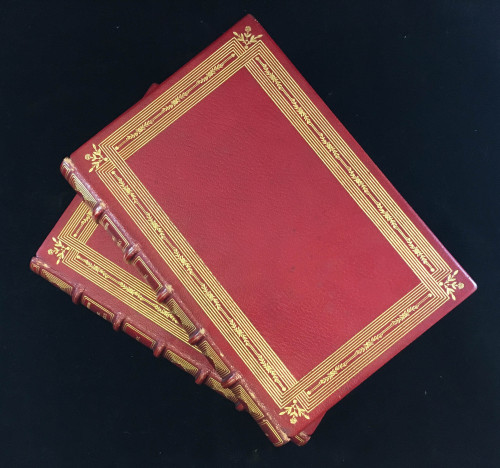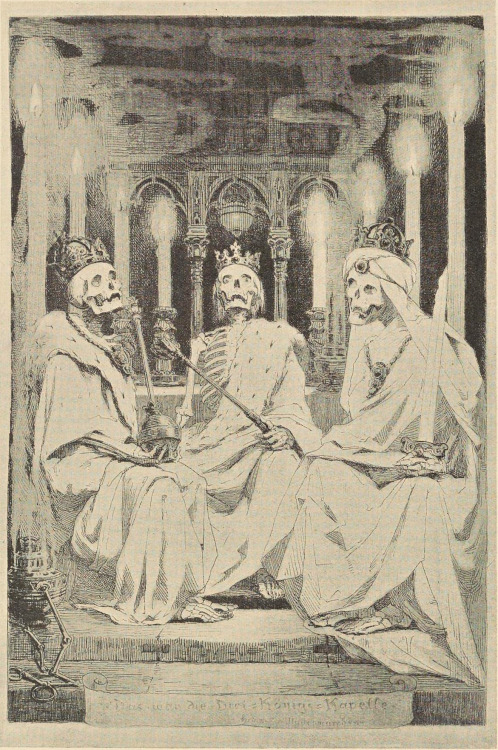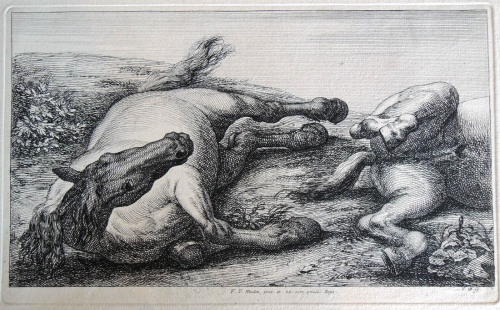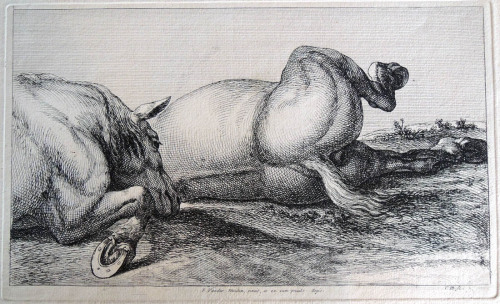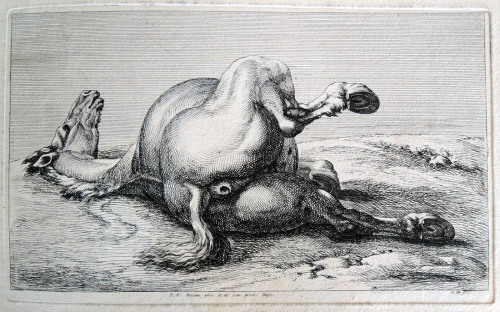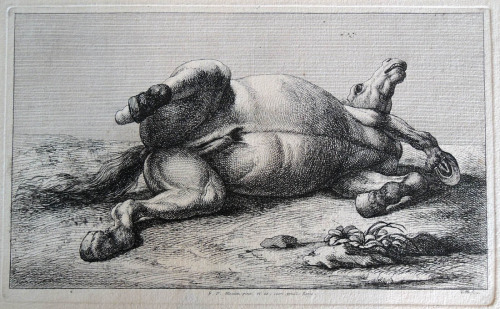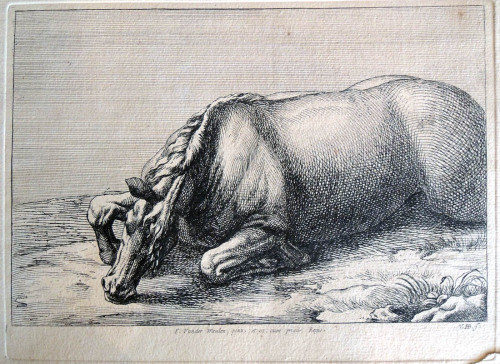#etchings
Narcissus and Echo
Frans de Neve (Flemish; 1606–after 1688)
17th century
Etching
The Metropolitan Museum of Art, New York
Published by Giovanni Giacomo De Rossi (Italian; 1627–1691)
Post link
Mary, Queen of Scots, Monday
On this day, the second of May, in 1568, Mary Stuart, aided by her jailor’s family, escaped after nearly a year of imprisonment in Lochleven Castle.
To commemorate this occasion, we present plates from John Skelton’s 1893 work Mary Stuart, Skelton’s third work on Mary, Queen of Scots, all advocating for a sympathetic view of Mary as a heroic victim. Mary Stuart was printed and published in an edition of 200 copies for Europe (with an additional 100 “with a duplicate series of plates … for America”) byBoussod, Valadon & Co. in Asnières-sur-Sein, a township in Île-de-France just north-west of Paris.
The publishing company, formerlyGoupil & Cie., is best known for its association with Galerie Goupil and the auction and exhibition of contemporary art. With branches in New York, London, Berlin, Vienna, and Brussels, Goupil was a dominant force in the 19th century art market. The business was initially established in 1827 by Jean-Baptiste Michel Adolphe Goupil as a print publishing firm. Goupil retired from the business in 1884, leaving his partner Léon Boussod and Boussod’s son-in-law René Valadon in charge of the business. In 1886, Boussod established the photographic studio and printing press at Asnières where Mary Stuart would eventually be printed.
Mary’s life was beset with scandal and tragedy. After her betrothal to Henry VIII’s son Edward fell apart, she was sent to France at the age of five to eventually wed the Dauphin, Francis II, two years her junior. They married once the Dauphin came of age, but Francis died of an infection and Mary found herself widowed at 18. Mary returned to Scotland and was eventually married to her cousin, Henry Stuart, Earl of Darnley, generally described as a rageful, alcoholic, syphilitic womanizer.
Darnley was killed under suspicious circumstances in January of 1567. Mary herself was suspected, as was James Hepburn, the Earl of Bothwell. Bothwell was eventually tried and acquitted in April, but the marriage of Bothwell and Mary only weeks after the trial caused quite a controversy. The Scottish nobility turned on Mary and Bothwell, leading to her imprisonment and the abdication of the throne. Mary fled to England, hoping to find an ally in her cousin Queen Elizabeth. Instead, she was held prisoner (albeit rather lavishly) for the new two decades. She was executed in 1587 after being found guilty of treason.
ViewmoreMilestone Monday posts here.
-Olivia,Special Collections Graduate Intern
Post link
Paul Cupido (Dutch, b. 1972, Terschelling, Netherlands) - Rose, 2019, Archival Pigment Print on Museum Etching
Post link
Francisco Goya aka Francisco José de Goya y Lucientes (Spanish, 1746-1828, b. Fuendetodos, Spain, d. Bordeaux, France) - Ensayos (Trials) from Los Caprichos, 1799, Etching, Aquatint, Burin on Paper
Post link
design-is-fine: Johann Nepomuk Spalowsky, Beytrag zur Naturgeschichte der Vögel, 1791-92. Vienna. From the catalogue © Kunstkammer Georg Laue, Munich. Exhibition Olbricht collection, 2013.
Post link
Six Barbaric Poems, by Leconte de Lisle
Etchings engraved in colour by Maurice de Becque (1878-1928)
Post link
Helle - Lea Ignatius , 1974.
Finnish, 1913-1990
Etching , 29 × 35 cm,
Google Translate renders “Helle” as “Heat.” Speakers of Finnish, if there’s more insight, I welcome it!
Post link
Giovanni Battista Piranesi, Carceri d'Invenzione, 1749, etching and sulphur tint.
This etching is a part of a series of invented prisons, which include torture instruments, wandering lost prisoners and a surreal illusionistic depictions of architectural space. In such dramatic imaginative scenes as this it is not difficult to forget that Piranesi started his training as a theatrical stage designer.
Post link
WEIRD FORMAT WEDNESDAY: EDVARD MUNCH ETCHINGS, 1950
Perhaps this format isn’t quite as weird, this item contains a portfolio, several loose etchings from Munch, in a wrapper and matching box. There is also a separate booklet with contextual information.
Munch is best known for his work “The Scream.” He was a Norwegian artist whose work dealt with the depth of human psychology.
“As early as 1885, Edvard Munch felt the need to develop a bolder and more simplified style of painting, which we have now come to know as ‘expressionism’. He was one of those artists who reacted against naturalism, and led a movement which has since dominated modern art. It took Munch ten years to produce his own expressionist style, which was the formative influence of the German School of 1902, and which later in 1940 influenced American experimental art. Both as a painter and as a graphic artist, Munch searched to express the hitherto unplumbed depths of the human soul.”
-Johan H. Langaard, Tate Britian
SEE ALL WEIRD FORMAT WEDNESDAY POSTS
Post link
POPULAR ENGLISH ART, 1945.
Murders and puppet shows… apparently the English have very eclectic tastes.
Post link
Today marks the Jewish festival of Simhat Torah celebrating the completion of the annual cycle of weekly Torah readings in the synagogue.
In this etching by Joseph Budko (1888-1940), which accompanies Nadel’s (1878-1943) poem, “Simchath-Thora”, two men participate in a traditional procession of Torah scrolls.
Spare and elegant, Budko and Nadel’s volume of twelve poems and etchings features a woodcut by Budko on the frontispiece and subtle decorative details including textured paper, deckle page edges, and embossed frames surrounding its tipped-in etchings. Though subtly detailed, the etchings are actually rather small– they measure just 2.5 inches square.
Das Jahr des Juden (Berlin: Verlag für jüdische Kunst und Kultur Fritz Gurlitt, 1920). From the I. Edward Kiev Judaica Collection.
Post link
Philip Gilbert Hamerton (1834 -1894) was an English etcher who was an advocate for England’s nineteenth-century etching revival. This treatise on etching includes examples from several artists. The etching of a medieval Flemish home was created by Adolphe Lalauze. The etching of a street in Blois, Loire Valley, France was created by Alfred-Louis Brunet-Debaines.
This book is bound in red goatskin. The endpapers are covered in damask cloth and the fly-leaves have a marbled pattern.
Images from
Philip Gilbert Hamerton’s Etchings & Etchers. London: Macmillan and Co., 1876.
Call Number: NE1980 .H36 1876
Catalog record: https://bit.ly/2DY65XK
Post link
Engraved after Charles Le Brun’s Etudes de chevaux de bataille blesses (Studies for Wounded Warhorses), c. 1600s.
Post link




